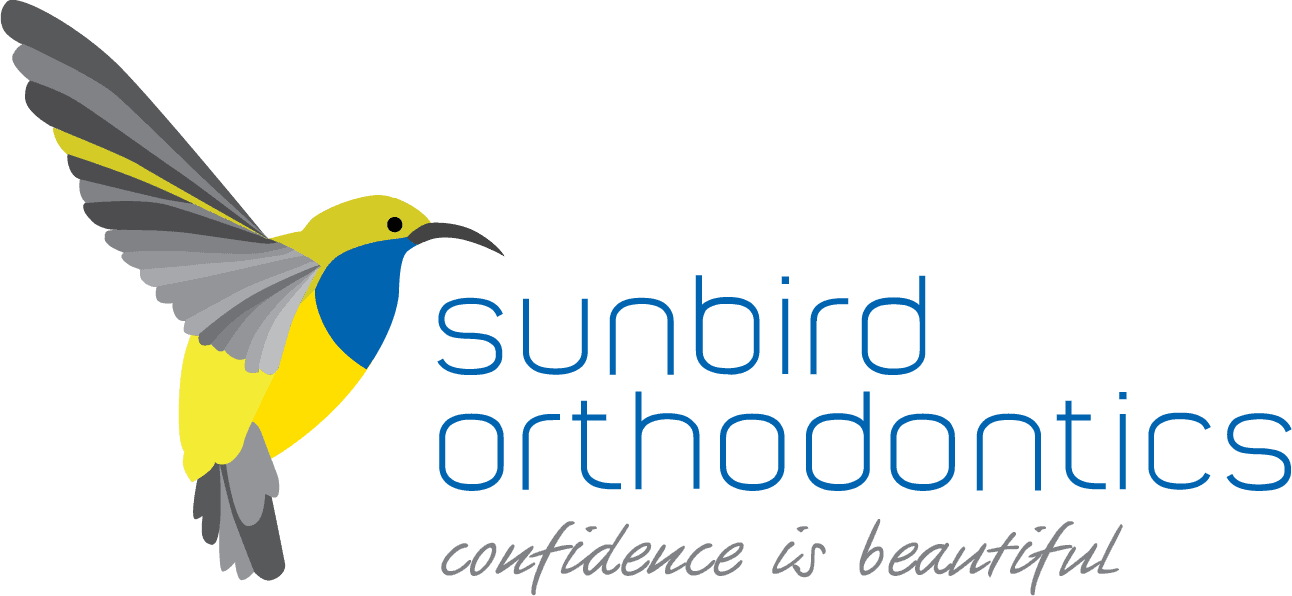Did you know that enlarged adenoids and tonsils are heavily implicated in the development of severe orthodontic problems? And that they can lead to a long face?
Orthodontists are well aware of the link between enlarged adenoids/tonsils, and how this problem can profoundly affect the growth and shape of a child’s face. We deal with the effects every day! For some, a long face is simply inherited from their parents. For others, enlarged adenoids/tonsils may be the reason.
Enlarged adenoids/tonsils are strongly linked to sleep-disordered breathing (SDB) in children. Enlargement of the tonsils and adenoids can restrict airflow through the nose. Causing children to snore, have poor sleep quality, and even to suffer from obstructive sleep apnoea.
This often leads children to become “mouth-breathers”, a problem which can play havoc with the development of their teeth and jaws, and lead to the “long-face” look.
Orthodontists even use the expression “adenoid face” to describe the typical appearance of children who suffer from enlarged adenoids/tonsils. Just type “adenoid face” into your search engine and you will see scores of images of individuals with very similar facial and dental features.
Typical facial and dental features include:
- Drowsy-looking eyes
- Dark circles under the eyes
- Narrow, pinched-in nostrils
- Open mouth expression
- Elongated facial shape
- V-shaped dental arches
- High-arched palate
- Severely crowded teeth
- Cross bites at the back of the mouth
So, what’s the big deal?
Sleep-disordered breathing is emerging as a major health concern, especially in children. A large proportion of common childhood problems could potentially be explained by SDB. This includes behavioural problems like ADD, slow learning, irritability, small stature, even bed-wetting.
SDB in children is heavily linked to enlarged adenoids/tonsils.
Dental professionals are well placed to spot the signs and symptoms of enlarged adenoids/tonsils because we see children on a regular basis, and from a young age. As a result, this can help confirm a diagnosis by providing an early and appropriate referral to an ENT specialist or sleep physician for thorough investigation and treatment.
A Specialist Orthodontist should be seen once a child with the typical facial features of enlarged adenoids/tonsils is noticed. No matter how young the child! This means that the Orthodontist can closely monitor facial growth and potential dental side effects, allowing for early intervention if the side effects become severe.
While there is a good deal of anecdotal evidence that early orthodontic intervention, such as palatal expansion, can reduce the severity of SDB, and minimize many of its problems. It is important to remember that a diagnosis of SDB should only be made by a specialist medical doctor. This means that any underlying medical problems causing the enlarged adenoids/tonsils can be treated appropriately.


